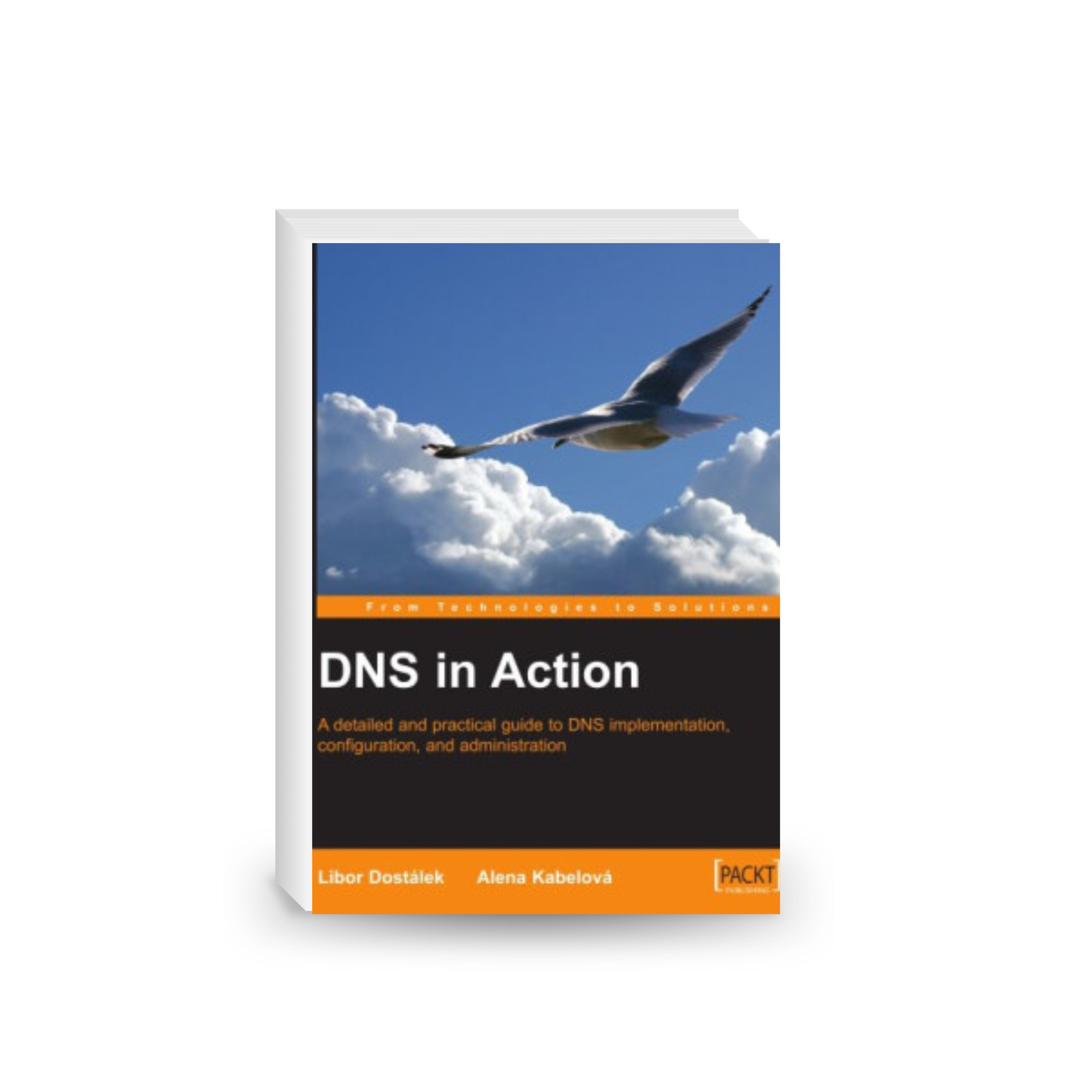DNS in Action: A Detailed And Practical Guide to DNS Implementation, Configuration, and Administration
Original price was: $34.55.$4.99Current price is: $4.99. & Free Shipping
The Domain Name System is one of the foundations of the internet. It is the system that allows the translation of human-readable domain names into machines-readable IP addresses and the reverse translation of IP addresses into domain names. This book describes the basic DNS protocol and its extensions; DNS delegation and registration, including for reverse domains; using DNS servers.
Start reading immediately after purchase!
- Satisfaction Guaranteed
- No Hassle Refunds
- Secure Payments
Description
The Domain Name System is one of the foundations of the internet. It is the system that allows the translation of human-readable domain names into machines-readable IP addresses and the reverse translation of IP addresses into domain names. This book describes the basic DNS protocol and its extensions; DNS delegation and registration, including for reverse domains; using DNS servers in networks that are not connected to the internet; and using DNS servers on firewall machines. Many detailed examples are used throughout the book to show perform various configuration and administration tasks. Chapter 1 introduces basic DNS concepts, such as domains and subdomains, domain naming syntax, reverse domains, zones, queries, resolvers, name servers, forwarder servers. Chapter 2 explains the DNS protocol, focusing on DNS query. The chapter makes use of several examples of DNS client-server communication. Including an example of a non-existent RR query and its answer, communication with a root server, and TCP and UDP DNS queries. Chapter 3 describes extension to the DNS protocol, including DNS Update, DNS Notify, Incremental Zone Transfer, Negative caching, DNS IPv6 Extension, DNSsec, and TSIG. Chapter 4 discusses name server implementations, focusing on Bind, versions 4, 8, and 9. The use and configuration of the program named is explained in detail. The chapter also discusses the Windows 2000implementation. Chapter 5 covers DNS tuning and administration and tools, such as named-checkconf, named-checkzone, nslookup, dnswalk, dig, and rndc. Chapter 6 focuses on DNS delegation from a primary to secondary servers. The process of domain registration is also explained in the chapter. Chapter 7 talks about the delegation and registration of reverse domains. The internet registry is the subject of Chapter 8. It covers the regional internet registry, division of the world between RIR and country codes, and RIPE database and its various objects. Chapter 9 shows how to configure DNS servers in closed intranets, i.e. networks that are not connected to the internet. It covers configuring a root name server on a separate server (BIND 4) and configuring a name server for the root domain.Chapter 10 covers sharing a DNS database between the Internet and intranet, as well as having separate servers. It also discusses installing name servers on firewalls.






Reviews
There are no reviews yet.